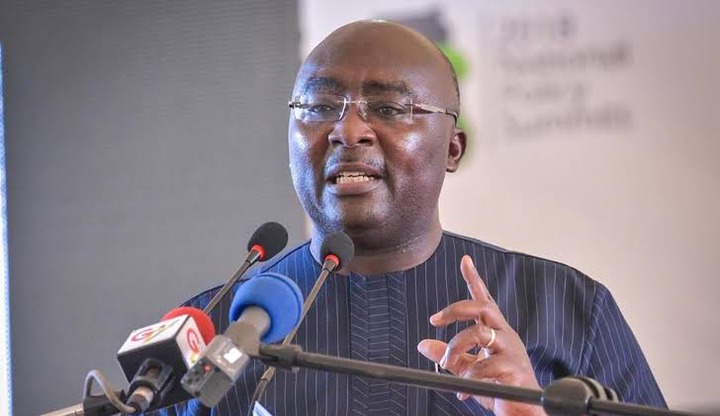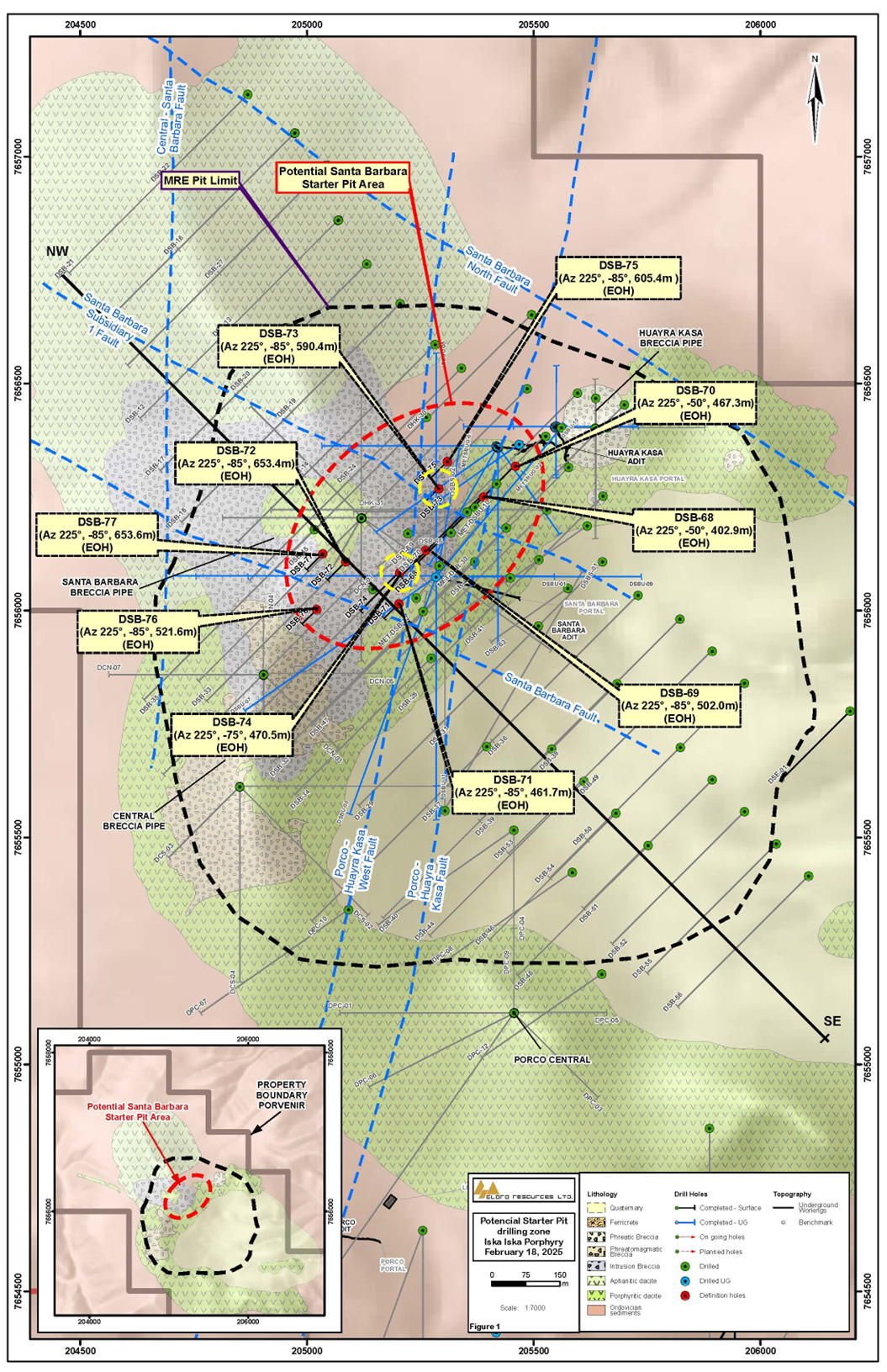
On Tuesday, BHP BHP reported half-year earnings (concluding on December 31, 2024) of $5.08 billion, down 23% from the year earlier. The result is unsurprising, as the iron ore market has been going through a challenging period.
Still, CEO Mike Henry acknowledged the firm's strength in this part of the market cycle. "The strength of the result demonstrates BHP's operational resilience and its ability to perform through the cycle," he said in a press release. Despite the downturn in iron ore prices, Henry highlighted strong performances at Escondida , Western Australia Iron Ore (WAIO), and BMA .

Iron ore EBITDA fell notably, from $9.7 billion in the first half of 2024 to $7.2 billion, as average realized prices declined by 22% to $81.
11 per wet metric ton. While production increased by 1% to 131 million metric tons on an equity basis, the price slump led to an overall revenue drop of 7.5% to $25.
176 billion. Following these results, the board declared an interim dividend of $0.50 per share, down from $0.
72 per share last year. The new dividend is the lowest payout since 2017. BHP maintained its position as the world's lowest-cost iron ore producer, with unit costs at $18.
19 per ton. However, the impact of Tropical Cyclone Zelia, which caused temporary shutdowns at Port Hedland and heavy rainfall across the Pilbara region, means that full-year WAIO output is now expected to fall towards the lower end of its guidance range of 282-294 million tons. China's economic situation is the primary driving force behind the iron ore market.
While early signs of recovery have emerged, demand remains uncertain due to the country's real estate struggles and slower industrial output. Still, BHP remains confident about the long-term demand for iron ore as global urbanization and infrastructure growth continue, particularly in India, where economic expansion drives higher steel consumption. Meanwhile, BHP has continued investing in its growth, spending $3.
2 on the potash and copper project. After a failed bid for Anglo-American , the firm formed a $2 billion joint venture with Lundin Mining to develop the Filo del Sol and Josemaria copper projects, strengthening its output for the metal, which is growing in significance for electrification and renewable energy. Henry also reflected on future M&A, clarifying the management's stance.
"In the current market, it is increasingly challenging to do large global M&A for shareholder value, and that's what BHP is about at the end of the day," he noted. Despite diversifying into other minerals, BHP remains committed to running a world-class iron ore business. The company aims to maintain WAIO production levels and potentially expand output to 305 million tons per year in the medium term, with an aspirational target of 330 million tons annually if market conditions permit.
Meanwhile, a remark from the U.S. Energy Secretary Chris Wright could open doors for new collaborations.
"I would love to see Australia get in the game of supplying uranium," Wright said Monday at the Alliance for Responsible Citizenship event, per Reuters. BHP owns Olympic Dam , the world's largest known uranium deposit. However, Australia's uranium industry has stagnated, with production banned in Western Australia and Queensland.
Only three mines remain operational on the continent, and output has declined in recent years. Still, the center-right Liberal Party has expressed support for nuclear energy as a solution to Australia's electric power struggles. If they win the upcoming May elections, uranium production could receive a policy boost, helping BHP expand into this growing market.
Read Next: China's Metal Markets Are Stirring – Here's What It Means for Commodity Investors Photo via Shutterstock © 2025 Benzinga.com. Benzinga does not provide investment advice.
All rights reserved..













